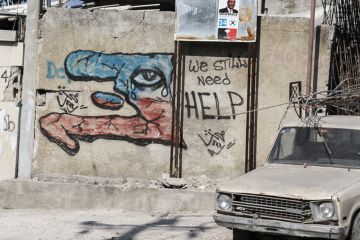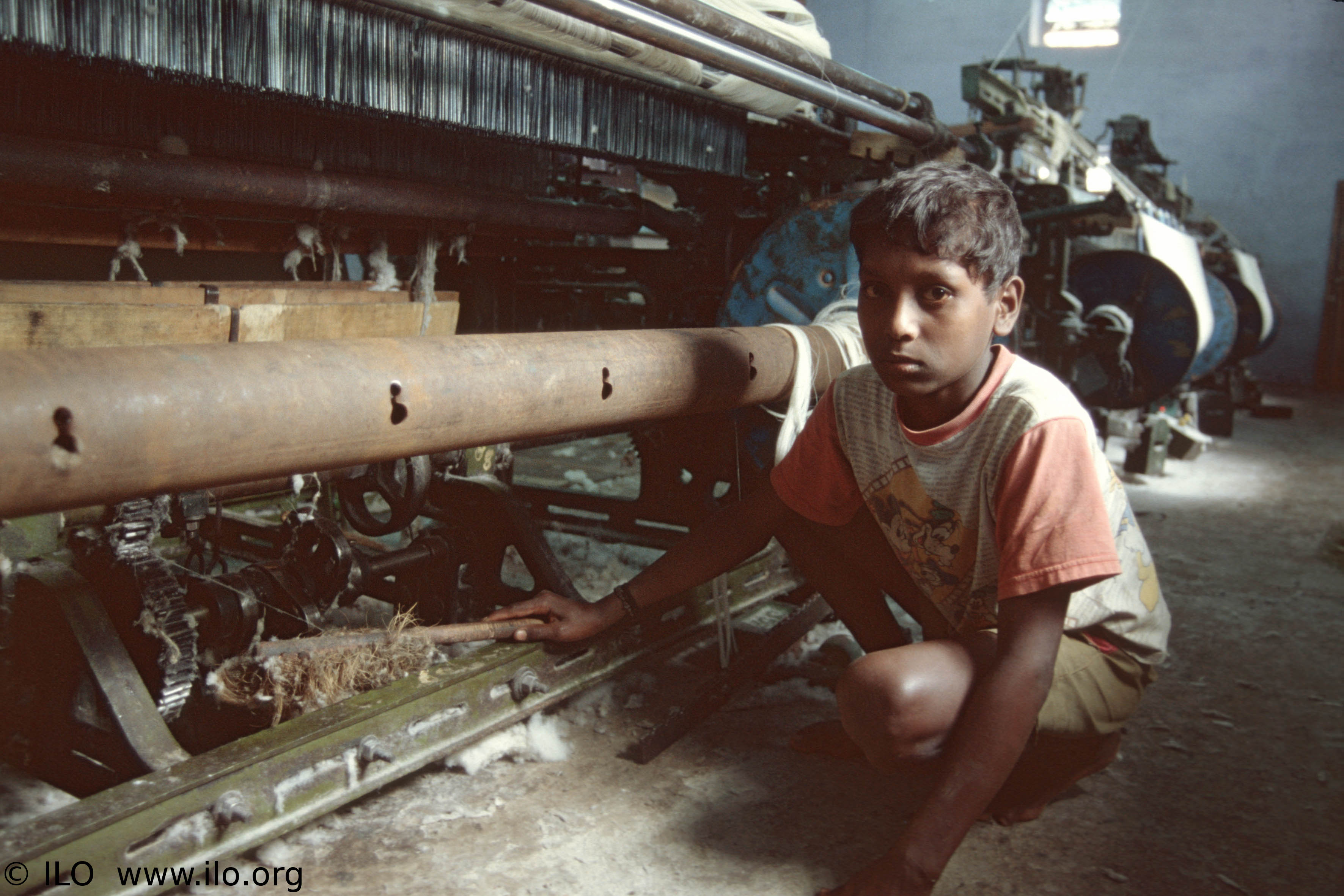The New York Times’ Nicholas Kristof wrote in his blog, “Microcredit is undoubtedly the most visible innovation in anti-poverty policy in the last half century.”
According to the World Bank, in some developing countries, upwards of 50 percent of adults lack access to basic financial services such as the procurement of loans or credit. This obviously restricts the type of economic activities that a household can partake in, and thus its chance of improving its standard of living. Microfinancing, which gained significant attention in the 70s, was hearalded not only as a way to provide reliable financial services to low-income households, but also as a means of achieving ulterior social development motives, such as women’s empowerment or nutritional improvement within households.

The effort to extend objectives beyond simply improving a household’s finances has enabled Micro-Finance Institutions (MFIs) to evolve into a more socially conscious form of aid. Loans, savings facilities, insurance, transfer payments and even micro-pensions are all examples of the range of services provided. However, these services are not solely devoted to entrepreneurial endeavors; instead, MFIs can finance educational, health and other social needs like marriages, funerals and home improvements.
Ultimately, MFIs seek to facilitate a shift from subsistence living “to a future oriented outlook on life and an increased investment in nutrition, education and living expenses,” according to Eric Uhlfelder at Businessweek.
Traditional forms of aid lack the holistic and comprehensive approach of micro-financing because they typically only focus on one issue. Otherwise, it is often blind to the actual needs of the recipient, especially when improving a company or organization’s public image is the main objective in providing aid.
For example, too often, aid-in-kind – such as provision of machinery, food or clothes – is analogous to a painkiller. It provides temporary reliefs yet fails to remedy the actual source of discomfort. While a bulk shipment of food might satisfy a village’s hunger for a time, it will eventually run out and leave the families in the same situation in which they started. Furthermore, aid-in-kind can be ill-suited to its recipients’ needs and capabilities, particularly in the case of machinery. The technology may be too advanced for the beneficiary to fuel or operate.
The operative word in microfinancing is empowerment. Beneficiaries have the opportunity to direct their path out of poverty, and donors can choose where their money goes and later monitor the success of their investment. Recently, peer-to-peer online platforms like Lend for Peace, Kiva and the Microloan Foundation have developed as a new means for people in the developed world to lend a helping hand. Individuals are able to transfer loans directly to recipients of their choice without having to consult a third party. Organizations like Kiva boast repayments rates as high as 98.9 percent on their website and are working in more than 60 countries. This novel form of MFIs attests to microfinancing’s ability to promote social responsibility.
Founded in 1998, the Comité d’Echanges de Réflexion et d’Information sur les Systèmes d’Epargne-crédit (CERISE) is a self-declared “knowledge exchange network for microfinance practitioners.” It created a standardized social audit tool known as the Social Performance Indicator (SPI) in 2004 to “measure to what extent a MFI dedicates the means necessary to fulfill its social mission” according to Cécile Lapenu, director of CERISE, in her paper entitled “Combining Social and Financial Performance: A Paradox?”
Furthermore, Lapenu explains that the Social Performance Task Force (SPTF), an international working group founded in 2005, defines social performance in terms of four main components: “1) serving larger numbers of poor and excluded people; 2) delivering high-quality and appropriate financial services; 3) creating benefits for clients; and 4) improving the social responsibility of MFIs.” Together, the SPI and the SPTF have made it much easier to determine whether or not micro-financing is a more socially conscious form of aid.

CERISE’s assessments have indicated that MFIs generally pay attention to clients’ needs, but that some perform better in one area compared to another. For example, traditional banks tend to exclude more customers but have higher ratings in the quality of service provided. MFIs that promote rural development are more adept at developing participatory governance models. Non-governmental MRIs’ strength lies in their proactive targeting.
Nevertheless, after conducting more than 200 in-depth evaluations, CERISE concluded that it is entirely possible for MFIs to combine financial, social and environmental objectives into one cohesive, sustainable management strategy.
Microfinancing has the unique ability to drastically improve lives through its emphasis on individual empowerment and social responsibility. Not every MFI has been able to replicate the success of the Grameen Bank, yet this does not mean that microfinancing is inherently flawed. Rather, struggling MFIs should seek consultation from organizations like CERISE if they truly wish to foster change and development.




